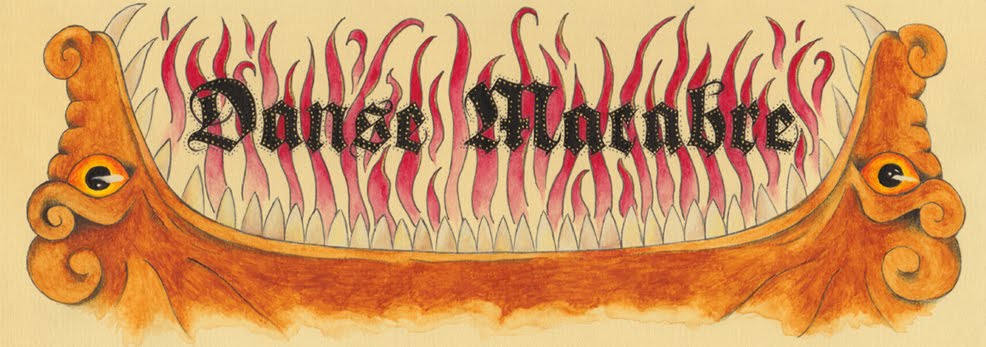Beginning with abstract ink pieces and conceptual pieces such as birth machine the book shows different phases in Gigers career and some themes which would eventually become recurring. The Passagen and Bathroom series demonstrate Gigers amazing ability to represent the same thing in infinite different ways. As time moves on strange organic landscapes grow, and give way to biomechanical nightmares which Giger became so famed for. As the style is honed countless masterpieces stare out at you along the way, pieces from the Spell series, Li, Biomechanoids and eventually Necronom pieces, signaling the arrival of what became later known as (and developed into) the Alien monster which became synonymous with the name Giger. After this time I always felt Giger's work became darker, more mysterious and (if possible) more erotic, something reflected in the Erotomechanics and Victory works. Giger's 2D work continued in his signature style, creating countless nightmarish biomechanical landscapes and the New York City series, until he turned his attention to other ventures including the museum, sculpture, bars, furniture and even a fountain.
Looking through the book in detail sparked memories the images hold for me. Visits to the Giger Museum and different exhibitions, certain details that struck me and things I remember so vividly; the lace pattern of the snakes scales in Spell IV, the haunting eyes of an exotic and surreal woman, the curtained curiosity of the X-Rated Red Room and the overpowering intense Victory images. But also my time studying Gigers work as a young student, looking at his different types of biomechanical landscapes, discovering more and more of his artwork and I couldn't help but smile seeing Japanese Excursion again for the first time in what felt like years (and may well have been).
For me the book is like a miniature Giger Exhibition in my home. There to take me back to seeing some of the pieces that have fascinated me for so long and indulge in my love of all things Giger in the largest possible format outside of the Museum or Exhibitions.
The wealth of artworks in the book largely speak for themselves, with choice quotes thrown in here and there, essays and short chapters peppered throughout to narrate the scenes, the main impact is made, as it should be, by Gigers artwork. The huge landscapes, unfolding and growing to create a detailed, up close look at some of the most magnificent masterpieces I've ever seen. A beautiful print quality allows you to properly see the layering and texture so often lost in books and prints of Gigers work. There's so much to take in visually I'm sure you could sit with the book for weeks and still see a face peering out you've never noticed before or some critter, a rat or snake, so subtle it almost passed you by. The book ultimately allows you to submerge yourself in Giger's incredible world, without even leaving your own home. It isn't even a case of allowing yourself to become engrossed in the imagery and its mysterious landscape and characters, it just happens ...
As a self confessed book obsessive and hoarder this book is the absolute pinnacle of my collection. Its beauty, quality and the consideration behind it is utterly unsurpassed by any other book I own. As a Giger fan and collector I own many books in many languages, but this is undoubtedly the ultimate. For anyone with a passion for Giger this book is a fitting tribute to the late great master. It is a glorious display of some of the finest artworks of his career, on a scale which they can be truly appreciated. I only wish that Giger had lived to see this incredible book come to fruition ...













